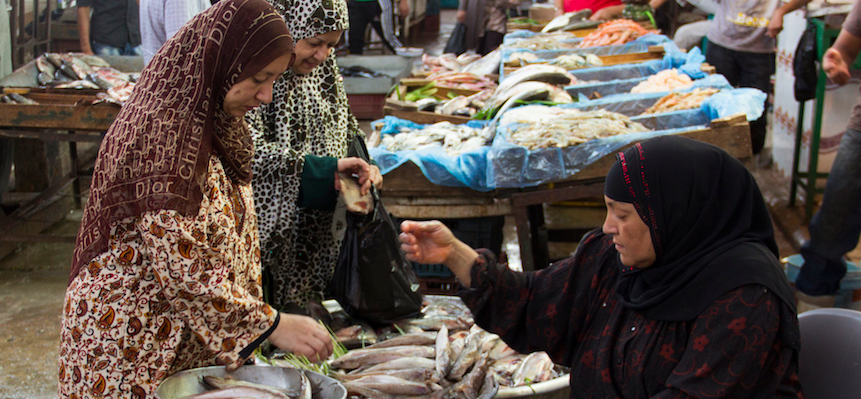Good Intentions Are Not Enough: How Microfinance Can Truly Serve Low-Income Women Entrepreneurs

As originally featured on nextbillion.net
Low-income women entrepreneurs in Egypt, as in many developing countries, face multiple obstacles to securing small-business financing. They seldom hold legal title to the kinds of assets (e.g. land or home) that could serve as collateral for a loan. Their businesses also tend to be smaller (often home-based) enterprises more compatible with family duties. Smaller businesses require smaller loans, which are generally less practical or profitable for a financial institution to deliver.
The Egyptian microfinance market has thus focused heavily on group-lending approaches for women. Methodologies vary, but in general, group lending reduces transaction costs by shifting the administrative burden onto the group. The microfinance institution makes one lump-sum loan to the group whose members then divide that amount among themselves, and assume responsibility for collecting and recording individuals’ repayment installments. Group lending also solves the collateral problem by requiring all group members to pitch in to cover the loan of anyone who defaults. Group lending, in other words, solves the major problems for the institution—but it’s not always ideal for customers, many of whom would prefer the privacy and customized terms of an individual loan product. With support from MetLife Foundation grantee Women’s World Banking, that is what Egypt’s Lead Foundation set out to design and deliver.
Continue reading via nextbillion.net

